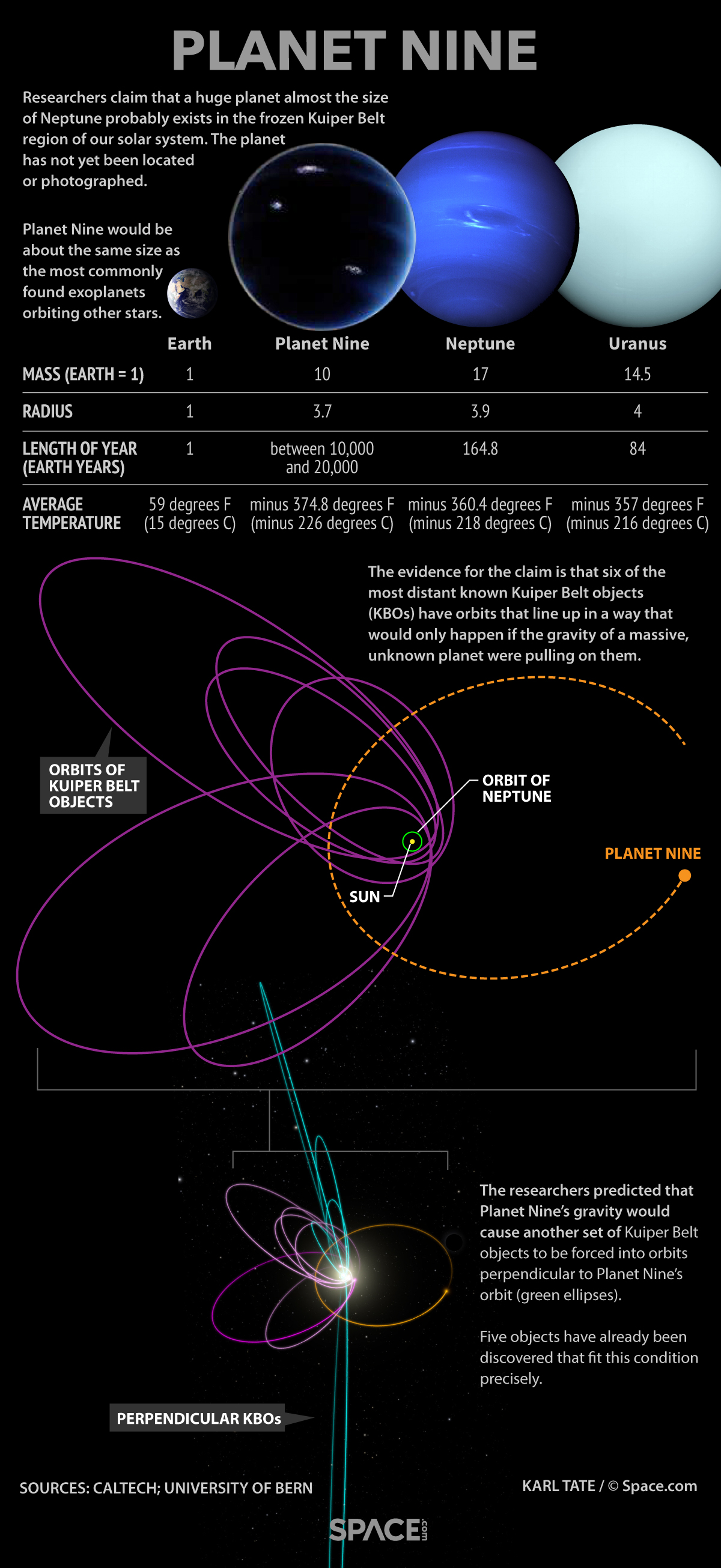This is a multi-temporal illumination map made of the moon's South Pole with a wide-angle camera. To create it, the Lunar Reconnaissance Orbiter spacecraft collected 1,700 images over a period of 6 lunar days (6 Earth months), repeatedly covering an area centered on the Moon's south pole from different angles. The resulting images were stacked to produce the featured map—representing the percentage of time each spot on the surface was illuminated by the Sun. Remaining convincingly in shadow, the floor of the 19-kilometer diameter Shackleton crater is seen near the map's center. The lunar south pole itself is at about 9 o'clock on the crater's rim. Crater floors near the lunar south and north poles can remain in permanent shadow, while mountain tops can remain in nearly continuous sunlight. Useful for future outposts, the shadowed craterfloors could offer reservoirs of water-ice, while the sunlit mountain tops offer good locations to collect solar power.
This Blows Me Away
More Inspiring Than Bronze Age Goat Herder Mythology
Unremarkable and Yet, The Stuff of Sci-Fi Fifty Years Ago
Tell Me Again About Your Tiny Little Regional God
[Source]
Why Are Giraffes So Violent?
Most big herbivores are, frankly. If you have a pretty steady supply of food and don't have to worry about missing a hunt and starving to death, you can afford to throw your weight around more and generally be more aggressive!
That's why the most dangerous big animals in the world are almost all herbivores.




This is also why walking right up to these things in Jurassic Park would have been a fantastically bad idea
Sauropods would be fucking terrifying and it annoys the hell out of me that media constantly portrays them as passive and harmless. That Indominus Rex from Jurassic World would have been slaughtered against an Apatosaurus—let alone a whole herd of them.
Ok but, bringing it back to sauropods, people dont really understand just HOW terrifying they were
First, size. And yeah most people understand that sauropods were bit, but it really needs to be reinforced just how big they were.

This is Camarasaurus lentus, around 15 ish meters and over 16 tons, for reference sake, the largest african elephant bull EVER recorded was 11 tons.
pretty decent difference right?
Well, except one thing.
This is a small sauropod.
Want to see a large one?

Yeah, you're reading that right, 53 tons. Almost five times heavier than the largest recorded african elephant ever.
And they get even larger.

This bastard was last estimated at 73 tons, the largest animal ever to walk the earth.
And they didn't just get big, they got long, too

That right there, is BYU 9024, it (among with a few undescribed remains) shows an animal in the size range of 130+ feet (40+ meters), this one here clocks in at around 130, and the funny thing is? this is the conservative estimate, larger specimens are not unreasonable in the slightest. It's not quite as heavy as the big south american bastard above it, but at 67 tons, its close.
Secondly, speed.
We've all seen it, lumbering behemoths that were dumb as rocks and probably about as fast, with a tailwind, going downhill.
Well…. Not really, the latest studies done as of Asier larramedi's sauropod facts and figures book gives some… Horrifying estimates.

I'll spare you the complete explanations, there will be a paper out soon that goes into greater depth, but I'd like to draw your attention to the speeds, specifically fo the animal called Giraffatitan.
Most people are familiar with it in some way, shape or form, but to clear up what exactly Giraffatitan is.

They're not the small ones in the foreground, they're the big ones in the back. 33 tons of pure muscle, moving at 16 mph (25 kp/h). Again, to provide further reference.
This is how fast that is. It's a house running at you, forget a hippo charging you, this would be a tidal wave of flesh and hatred bearing down on you.
And finally, weapons.
Like it was earlier pointed out, Apatosaurus should have absolutely trounced the Indominus, because quite frankly at such a size anything you do will hurt. Kicks with the front or hind limbs will be utterly devastating to anything except another of their kind, but Apatosaurus had another thing going in its favor.

One thicc-ass neck. Pictured here with speculative keratin spikes on the bottom, whilst the spikes are speculation, the neck itself would have essentially functioned like a fleshy battering ram, capable of pulping ribcages and smashing anything that could have "preyed" upon them.
But that's not even the most terrifying thing, though this is not specific to Apatosaurus itself, but to all diplodocoids (Apatosaurus, Barosaurus, Diplodocus, etc.)
Specifically, the tail.

This is Diplodocus, as you can see, this animal is half tail, as you might also be able to see, the latter half of that tail tapers down to what can, in all essence be described as—a whip.
A serrated whip, powered by some of the largest muscles in the largest animals that would have walked on earth.
But it gets even more horrifying.
You see, there have been studies that have come to a conclusion, and though there are those that have doubted them, that the tips of these tails, could have—and would have—broken the sound barrier. Yup, you heard that right, and as soon as that fact begins to seep in, you'll realize the horrifying implications.
A diplodocoid whipping its tail, would blow out the eardrums of any animal close by and unfortunate enough to draw its ire, the sauropod itself would possibly not come out unscathed, but when you can literally give a would-be predator internal hemmorages by, what to them would be essentially like snapping a finger, the benefits begin to outweigh the risks involved.
And that's not even mentioning what would happen if it hit anything, an impact at such velocity, with such mass driving it would be—quite frankly— devastating beyond words.
Flesh wouldn't just tear, it wouldn't just break skin or bones, flesh would melt, bones would shatter, if not simply cease to be. And this is on a sufficiently sized animal such as Allosaurus or Torvosaurus.
On a human? They would be ripped in half.
So yeah, Sauropods get shafted in popular media to an extent that isn't even possible, if you think hippo's are scary, imagine something fourty times its size, faster than you, and able to kill you without even touching you.
Sauropods are kaiju, plain and simple.

The babies were really cute though. This is Andrew, and he's a baby—the size of a horse.
If you want to know just how tiny they began, this is probably a good reference.

Yeah, the largest animals ever to walk the earth started out life at about the size of a dachshund. Eat your greens everyone.
[Source (edited for spelling, grammar, and content0}
Not For Everyone
If Only…
I Am Reminded Of This…
At a distance of nine light years, Sirius is one of the brightest well-known stars visible in the northern hemisphere that is close enough that its distance is something we can easily wrap our heads around in terms of a human lifetime.
Every winter with the appearance of the star on the eastern horizon, I think back to what I was doing nine years ago when the light I'm seeing now first departed Sirius on its journey outward.
This year that would be 2012. Ben and I had been in Denver a little over a year.
The Stuff of Nightmares
The beast in the picture above is the Indricotherium (Greek for "Indric beast"); pronounced INN-drik-oh-THEE-ree-um; also known as Paraceratherium. It lived on the plains of what is now Asia during the Oligocene (33-23 million years ago). Its average size was 40 feet (12.2 meters) in length and is estimated to have weighed 15-20 tons (13-18 metric).
Indricotherium was a herbivore.
Ever since its scattered, oversized remains were discovered in the early 20th century, Indricotherium has occasioned controversy among paleontologists, who have named this giant mammal not once, but three times–Indricotherium, Paraceratherium and Baluchitherium have all been in common usage, with the first two currently battling it out for supremacy. (For the record, Paraceratherium seems to have won the race among paleontologists, but Indricotherium is still preferred by the general public–and may yet wind up being assigned to a separate, but similar, genus.)
Whatever you choose to call it, Indricotherium was, hands-down, the largest terrestrial mammal that ever lived, approaching the size of the giant sauropod dinosaurs that preceded it by over a hundred million years. An ancestor of the modern rhinoceros, the 15-to-20-ton Indricotherium had a relatively long neck (though nothing approaching what you'd see on a Diplodocus or Brachiosaurus) and surprisingly thin legs with three-toed feet, which years ago used to be portrayed as elephant-like stumps. The fossil evidence is lacking, but this huge herbivore probably possessed a prehensile upper lip–not quite a trunk, but an appendage flexible enough to allow it to grab and tear the tall leaves of trees.
To date, fossils of Indricotherium have only been found in the central and eastern parts of Eurasia, but it's possible that this gigantic mammal also stomped across the plains of western Europe and (conceivably) other continents as well during the Oligocene epoch. Classified as a "hyrocodont" mammal, one of its closest relatives was the much smaller (only about 500 pound) Hyracodon, a distant North American anecstor of the modern rhinoceros.
Researching the photo above led me down an internet rabbit hole of nightmare fuel.
We are so small.
'MURIKA!
Inspired a Lifetime of Wonder
What was only one small step 52 years ago, has inspired a lifetime of wonder.
On July 20, 1969, three astronauts of Apollo11, Neil Armstrong, Buzz Aldrin, and Michael Collins, made history. Armstrong and Aldrin became the first humans to walk on the Moon.
On this day, we celebrate the Moon landing and salute the heroes, visionaries and explorers who not only made the seemingly impossible, possible – but inspired us to return.
Our NASA Artemis program aims to take the next giant leap: landing the first woman and first person of color on the Moon – using innovative technologies to explore more of the lunar surface than ever before. In collaboration with our commercial and international partners, we will establish sustainable exploration for the first time, with our sights set on sending astronauts to Mars.
Credit: NASA
Nightmare Fuel
This species of trilobite has been known by Paleontologists and collectors alike for many years. There has never been a complete specimen found. However many segments of this trilobite have been found and based on those fossils a life-size reconstruction was made by George Rennie under the guidance and research by Dr. Copeland McClintock of Yale University Division of Invertebrate Paleontology. At this time the original model is on display at the Peabody Museum at Yale. To date this trilobite is considered to be the largest in the world. Terataspis is found in both the lower Onondaga Limestone (middle Devonian of western New York, particularly the former Fogelsanger Quarry in Williamsville, Erie County, and the upper Schoharie Formation of eastern New York. The large size and spiny nature of this trilobite make it one of the more spectacular forms.
[Source]
Some Unexpected Views of Jupiter's Moon Ganymede
This is Exciting!

There are a number of space missions scheduled for the future and they're all awesome, but there is ONE mission in particular that spaghettifies my mind with its gravitational pull more so than the rest. That is the Europa Clipper mission!
Onwards to Jupiter's water moon, Europa!!

• The Europa Clipper mission will target the ice-encrusted moon of Jupiter, which is considered a prime target in the search for life beyond Earth.
• Below its icy shell, Europa is thought to hold a 170km-deep body of water that could have the right conditions for biology.
• Due to launch in October 2024, let's hope we don't get a repeat of the ongoing James Webb Telescope delay.
• Europa Clipper will carry out an in-depth investigation of the watery world, including whether it can support life in its subsurface ocean.
• Gravitational interactions with Jupiter generate tidal forces and heat, which keeps Europa's ocean liquid. The heating may even drive volcanic vents on the seafloor; on Earth, such vent systems support a wide array of life forms.

Food for Thought
So, what would the sky look like if Arcturus, Sirius, Alpha Centauri, Vega or Polaris replaced our Sun?
If Arcturus were put in place of the Sun it might look something like this at sunset, which would last over 50 minutes to set, cause it's, you know, some 25 times larger than our Sun.
White-hot Sirius A would blaze in our daytime sky. 1.75 times the size of the #Sun and 26 times as luminous, we'd all be fried if Sirius stood where the Sun is.
This is AlphaCentauri , comprised of three stars, two stars slightly more massive and luminous than the Sun located roughly, 4.4 light years away. The third star (to the left) is Proxima Centauri, a dim red dwarf and third member of the system.
The star Vega—25 light years from Earth—rotates so rapidly it's oval shaped instead of spherical. Vega measures 2.7 times the Sun's diameter along its equator and is 36 times brighter than the Sun. The sight would make you go blind quickly. Earth would also be roasted in the heat.
Polaris, also known as the North Star is a supergiant 2,500 more luminous than the Sun and 45 times its size. What an eyeful we Earthlings would have if Polaris were our sun. Wouldn't have eyes to enjoy it though. Rigel, the left foot of the constellation Orion, would provide a similar view. with the same results. In order for Rigel to provide a planet the same degree of light and heat as we receive on Earth, the planet would need an orbit so large it would take 2000 years to complete one revolution around the star.
Mark Your Calendars
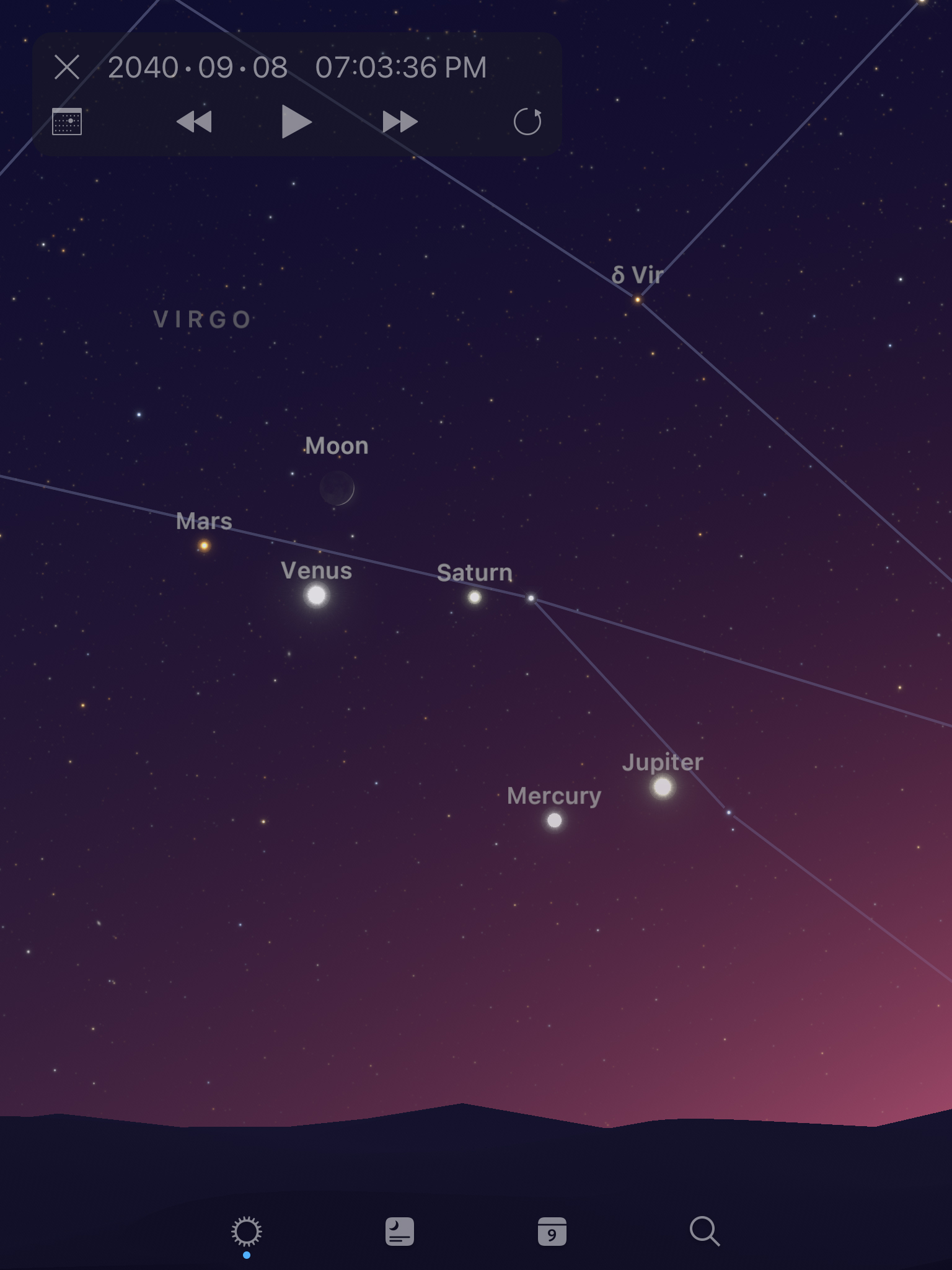
The western sky is going to be putting on quite the show in September 2040.
I'll probably be long gone by then, but assuming the human species survives, this is going to be a once-in-a-lifetime treat.
Nerd Porn
A New Perspective
Almost everyone is familiar with this view we get of the Orion constellation:
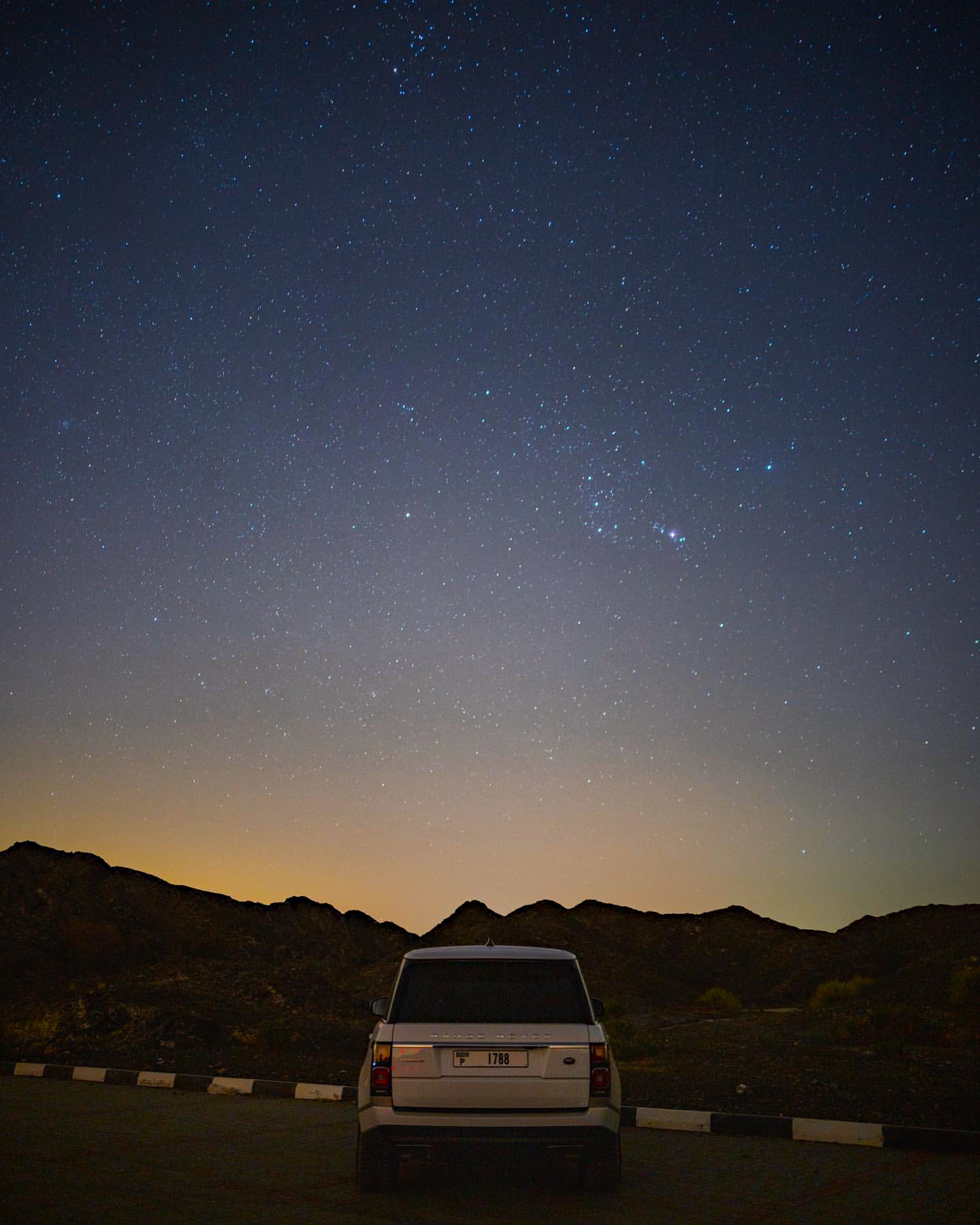
But what most people don't realize is the varying distances everything in that constellation is from Earth. Even I'd believed that the three belt stars were somewhat near each other…

The More You Know
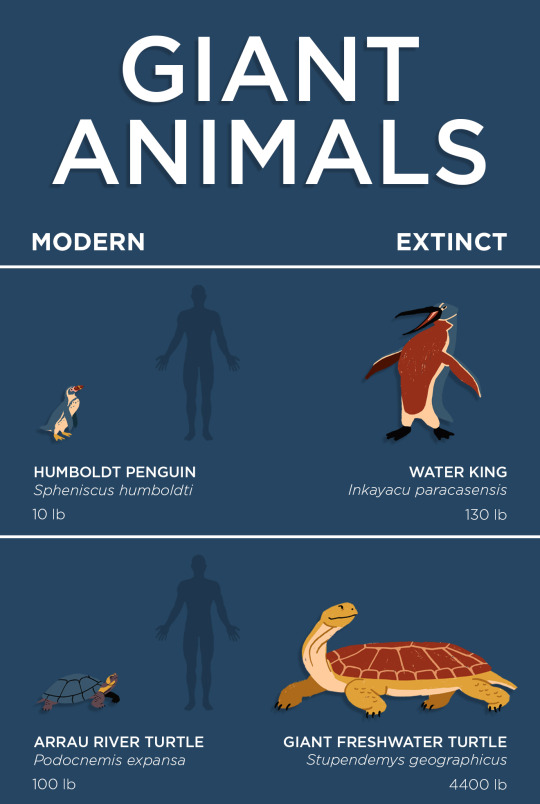
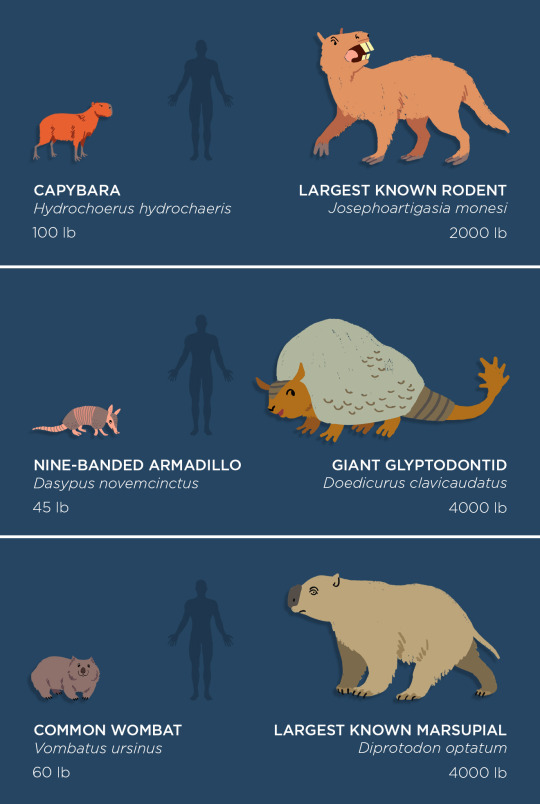
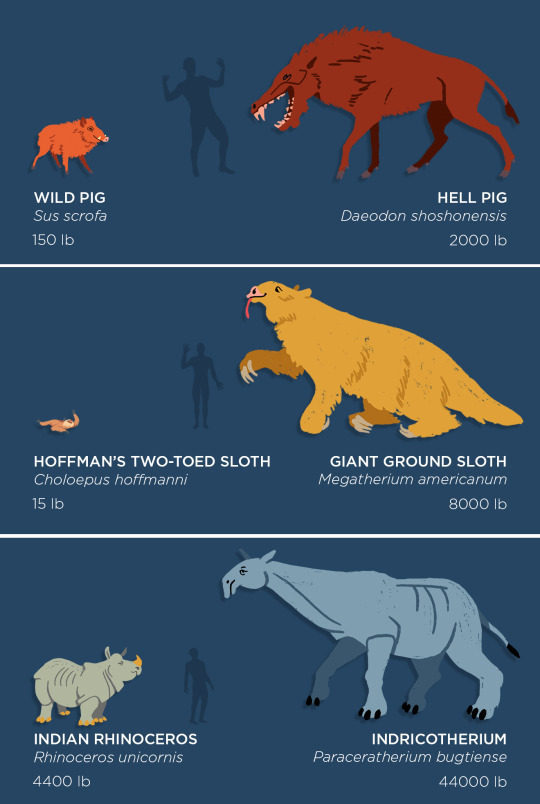
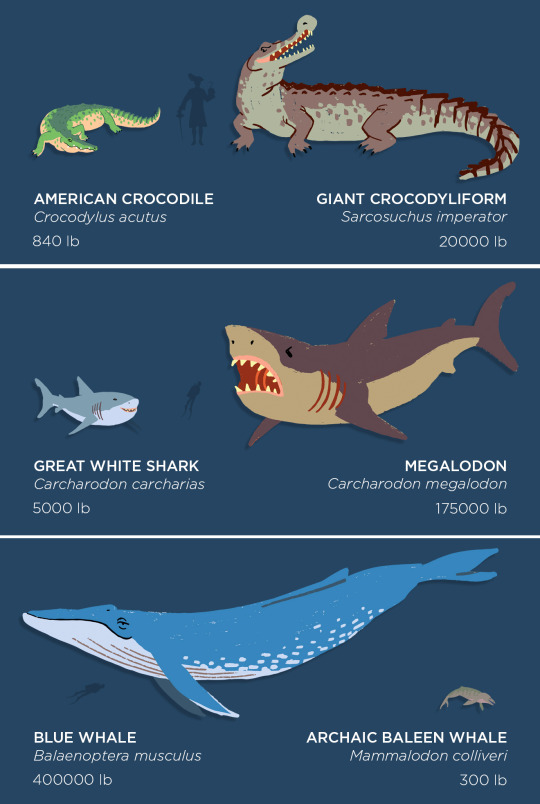
From the Parker Solar Probe
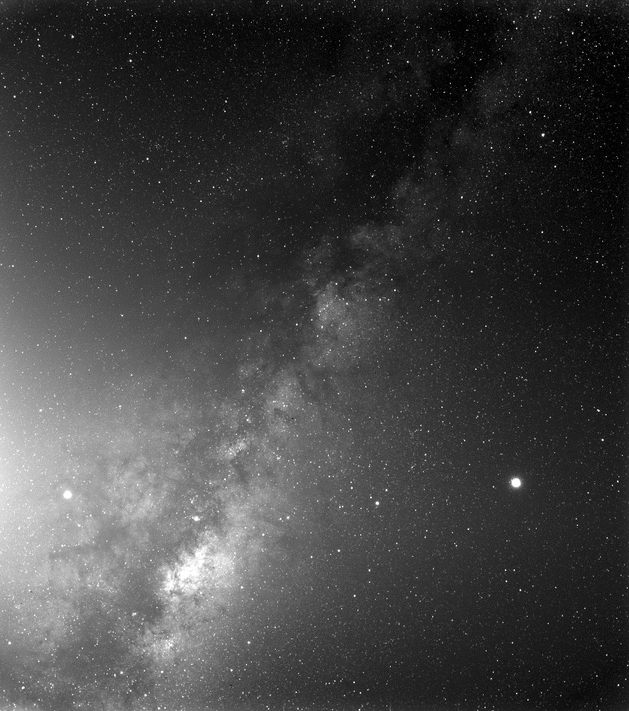
That bright spot in the lower right is Earth.
And at This Point…
…if we were told (not that they actually would, of course) that all those fragments were on a direct collision course with Earth, I wouldn't be the least bit surprised.

Approaching Saturn
What would it look like to approach Saturn in a spacecraft? One doesn't have to just imagine—the Cassini spacecraft did just this in 2004, recording thousands of images along the way, and hundreds of thousands more since entering orbit. Some of Cassini's early images have been digitally tweaked, cropped, and compiled into the featured inspiring video which is part of a larger developing IMAX movie project named In Saturn's Rings. In the concluding sequence, Saturn looms increasingly large on approach as cloudy Titan swoops below. With Saturn whirling around in the background, Cassini is next depicted flying over Mimas, with large Herschel Crater clearly visible. Saturn's majestic rings then take over the show as Cassini crosses Saturn's thin ring plane. Dark shadows of the ring appear on Saturn itself. Finally, the enigmatic ice-geyser moon Enceladus appears in the distance and then is approached just as the video clip ends. After more than a decade of exploration and discovery, the Cassini spacecraft ran low on fuel in 2017 was directed to enter Saturn's atmosphere, where it surely melted.
And I will never see another craft visit Saturn in my lifetime. This was truly a once-in-a-lifetime occurrence.
Uranus is Leaking

From NASA Goddard:
Uranus is (very, very slowly) losing "weight." Our 7th planet's tiny mass loss was known only to Voyager 2 — until Goddard scientists Gina DiBraccio and Dan Gershman did a double-take on the satellite's data, more than 30 years later.
Uranus' twisted magnetic field allows tiny amounts of the planet's atmosphere to leak out into space, potentially taking billions of years for significant loss to occur. This behavior has been observed at other planets, like Venus, Earth and Jupiter, but never at distant Uranus until now.
How much of an effect has this had on Uranus? The data from Voyager 2 is the one time Uranus has gotten on the scale, so to speak, so that's a hard question to answer. But the remaining mystery is part of the draw. "It's why I love planetary science," DiBraccio said. "You're always going somewhere you don't really know." Image: Voyager 2 took this image as it approached the planet Uranus on Jan. 14, 1986. The planet's hazy bluish color is due to the methane in its atmosphere, which absorbs red wavelengths of light.
Photo Credit: NASA/JPL-Caltech
Inside a Globular Cluster
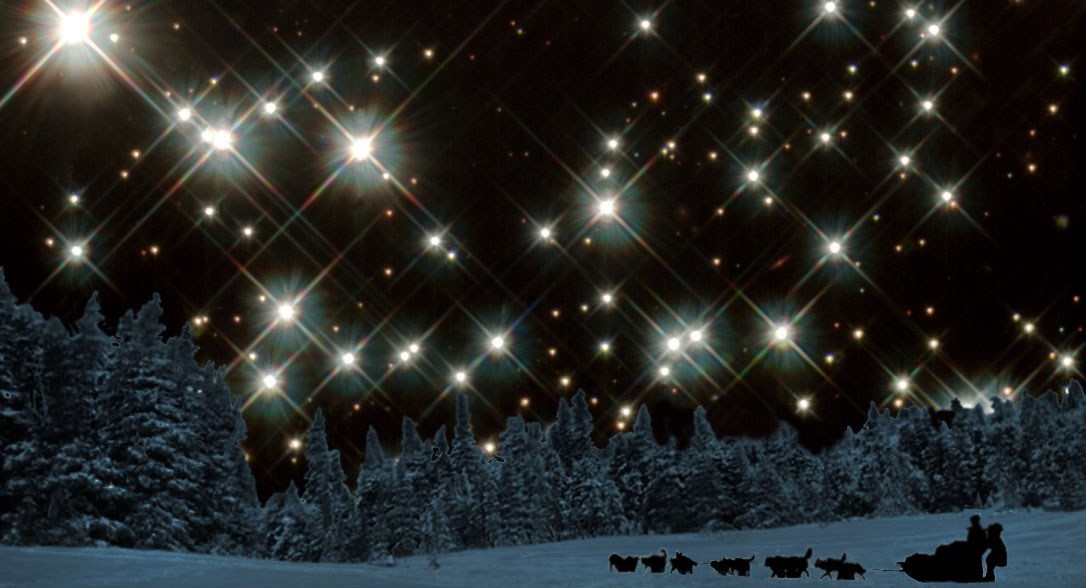
Since I was a nerdy 12-year old just venturing into amateur astronomy (and having just read Isaac Asimov's Nightfall—great short story, horrible movie) I've wondered what the night sky of a planet inside a globular cluster would look like. Glad to have found this picture, as it seems I wasn't the only one who'd been wondering.
Our Galaxy is a Big, Big Place
I have always been interested in galactic archaeology, but I don't think this is what they meant.
Did you know that dinosaurs lived on the other side of the Galaxy? pic.twitter.com/ngGCAu0fYU
— Dr. Jessie Christiansen @ #ExSSV (@aussiastronomer) August 28, 2019
Honestly, Can You Blame It?
In Science News
